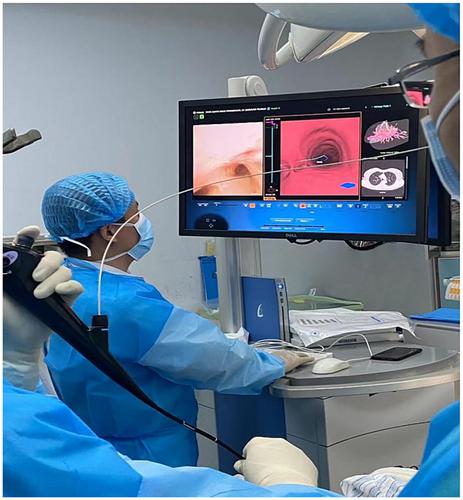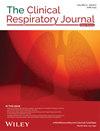In minimally invasive thoracoscopic surgery, for solitary pulmonary nodules (SPNs) far from the pleura, it is difficult to resected by only relying on imaging data, and effective preoperative localization can significantly improve the success rate of surgery. Therefore, preoperative localization is particularly important for accurate resection. Here, we compare the value of a novel Lung-pro-guided localization technique with Hook-wire localization in video-assisted thoracoscopic surgery.
In this study, 70 patients who underwent CT-guided Hook-wire localization and Lung-pro guided surgical marker localization before VATS-based SPNs resection between May 2020 and March 2021 were analyzed, and the clinical efficacy and complication rate of the two groups were compared.
Thirty-five patients underwent Lung-pro guided surgical marker localization, and 35 patients underwent CT-guided Hook-wire localization. The localization success rates were 94.3% and 88.6%, respectively (p = 0.673). Compared with the puncture group, the locating time in the Lung-pro group was significantly shorter (p = 0.000), and the wedge resection time was slightly shorter than that in the puncture group (P = 0.035). There were no significant differences in the success rate of localization, localization complications, intraoperative blood loss, postoperative hospital stay, and the number of staplers used.
The above studies show that the Lung-pro guided surgical marker localization and the CT-guided Hook-wire localization have shown good safety and effectiveness. However, the Lung-pro guided surgical marker localization may show more safety than the Hook-wire and can improve the patient's perioperative experience.




